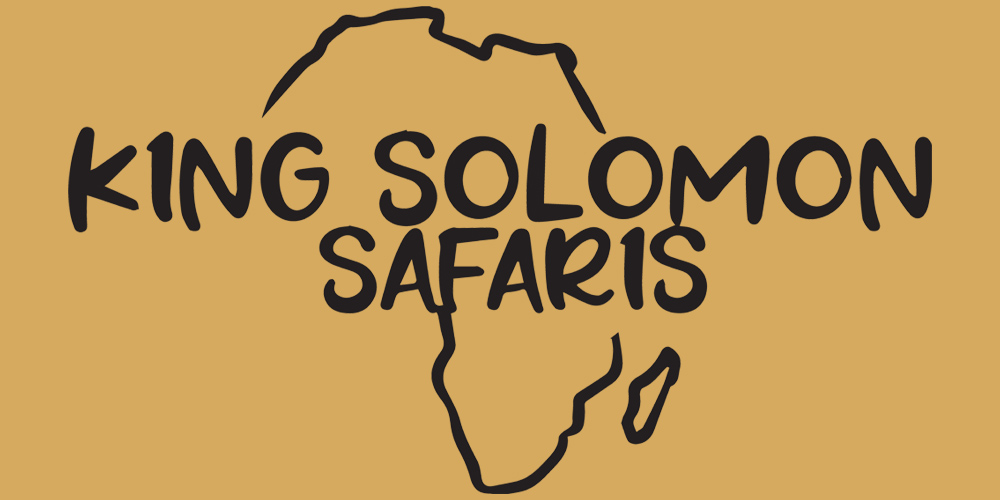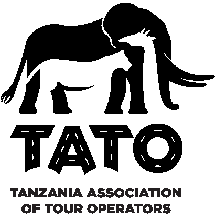Mount Meru
Destination overview
The Majestic Peak: Exploring the Mysteries of Mount Meru
Mount Meru offers a captivating preview of Tanzania’s lesser-known but equally majestic peak. Standing proudly in the shadow of its more famous neighbor, Mount Kilimanjaro, Mount Meru entices adventurers with its rugged beauty and diverse landscapes. From dense rainforests teeming with wildlife to alpine meadows adorned with colorful wildflowers, the mountain presents a captivating tapestry of natural wonders.
Ascending its slopes offers panoramic views of the surrounding savannahs and distant peaks, providing a glimpse into the untamed beauty of East Africa. Whether embarking on a challenging trek to its summit or simply exploring its foothills, Mount Meru promises an unforgettable adventure in Tanzania’s stunning wilderness.
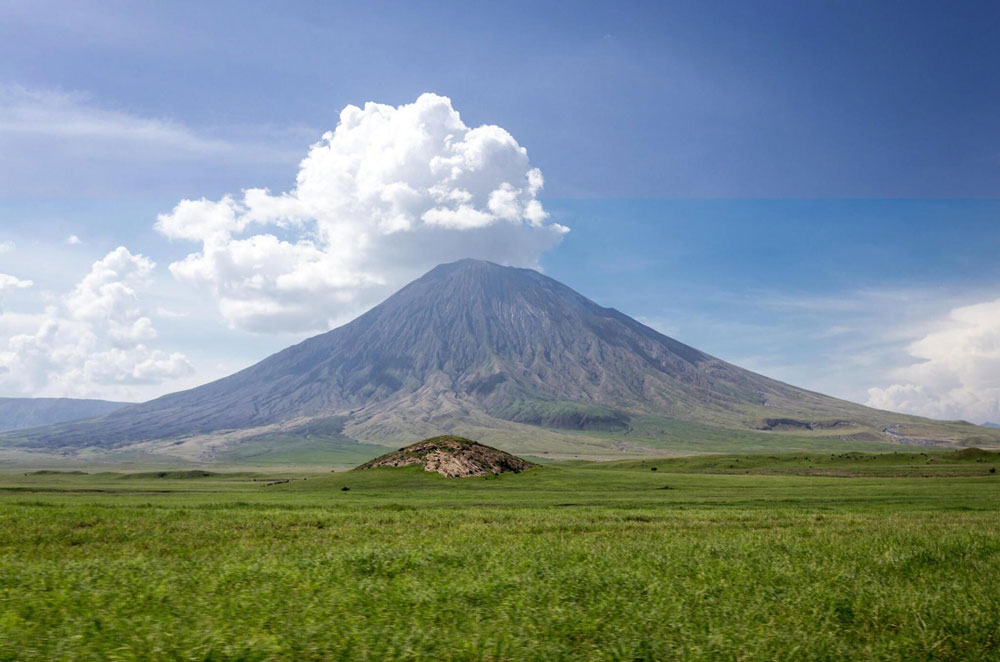
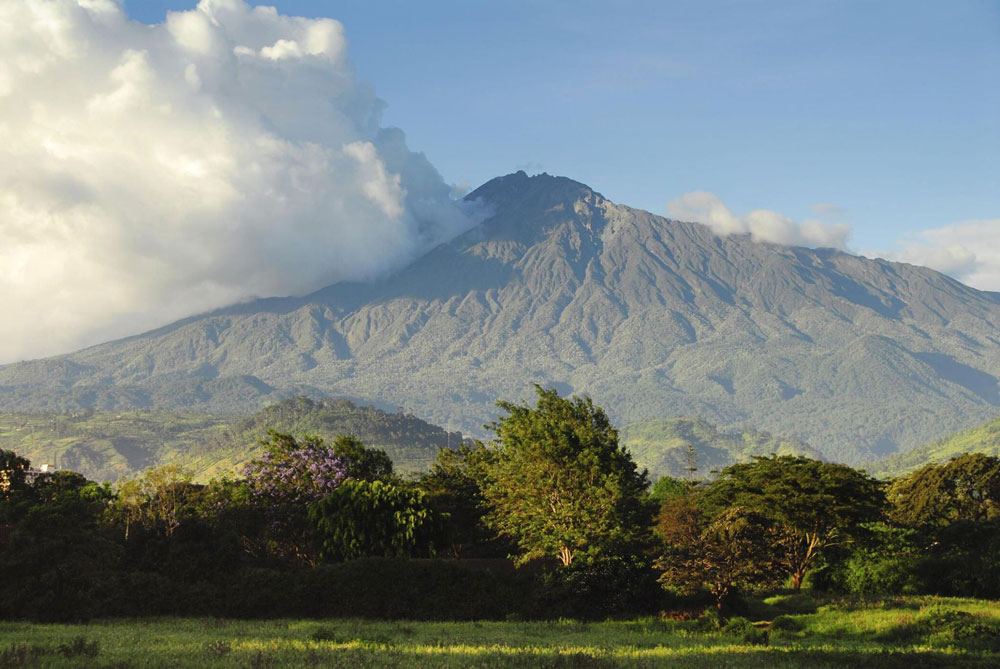
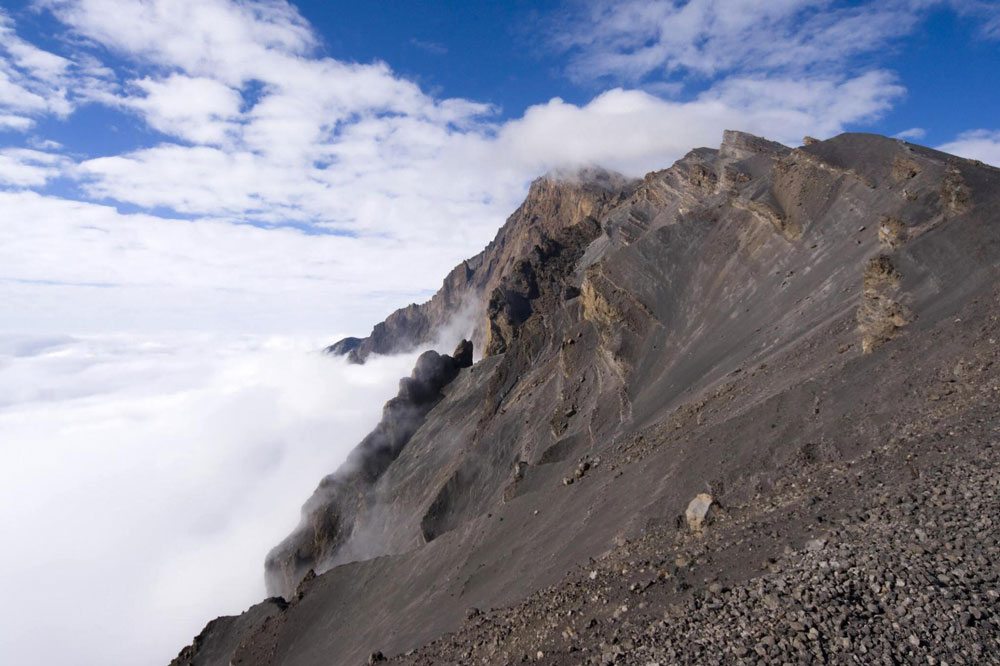
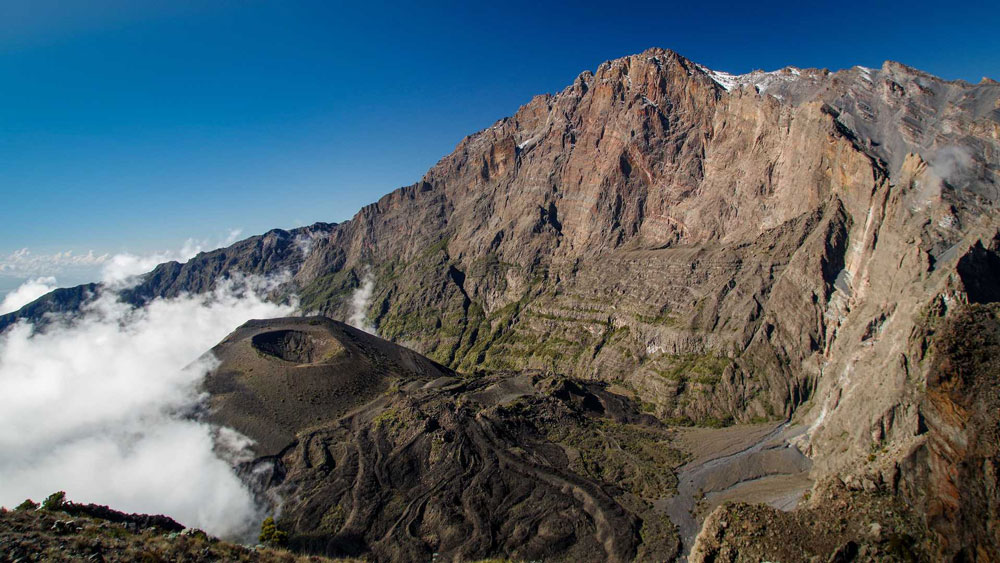
CLIMBING PACKAGE
Our Mt. Meru Premier Climbing Package

Mt Meru – 4 Day Climb
- Private Safari
- 7 Days
- 5 Destinations
Start Your Journey with Us
King Solomon Safaris offers customized travel experiences in Tanzania that combine wildlife safaris, mountain treks, and beach vacations to suit every traveler’s preferences.
TANZANIA TREKKING ADVENTURES
Explore more of Tanzania's Trekking Destinations.
MOUNT KILIMANJARO
MT. Ol Doinyo Lengai
Usambara and Uluguru Mountains
Request a Price Quote
Get in touch, and our travel experts will answer you within 24 Hours.
Unlocking the Beauty of Tanzania trekking adventure: Our Top FAQs, Answered
Frequently Ask Questions
Here are the top 5 frequently asked questions about trekking in Tanzania, answered to help you prepare for an unforgettable journey.
The best time to embark on a trekking adventure in Tanzania is during the dry seasons, which run from June to October and January to March. These periods offer the most favorable weather conditions for climbing and wildlife viewing, with minimal rainfall, clearer skies, and lower malaria risk. The cooler months (June to October) are ideal for climbing Mount Kilimanjaro, while the warmer dry months (January to March) are perfect for witnessing the calving season in the Serengeti.
Proper equipment is crucial for a successful and enjoyable trekking experience, especially for high-altitude treks like Mount Kilimanjaro. Essential items include:
- **Appropriate Footwear**: Lightweight, waterproof hiking boots with good ankle support.
- **Layered Clothing**: Temperatures can vary significantly, so wear layers that can be easily added or removed. Include moisture-wicking fabrics and a warm jacket.
- **Sun Protection**: Due to the equatorial sun, sunglasses, sunblock, and a wide-brimmed hat are essential.
- **Hydration Supplies**: A water purification system or tablets and a durable water bottle or hydration bladder.
- **Navigation Tools**: A map, compass, or GPS device, even if you're on a guided tour.
- **First Aid Kit**: Include altitude sickness medication and personal medications.
Tanzania is generally safe for trekkers, especially within its national parks and designated routes. However, as with any outdoor activity, there are risks. It's essential to:
- Trek with a reputable guide or tour company.
- Follow all safety instructions, especially for wildlife encounters.
- Be prepared for altitude sickness on high treks.
- Ensure you have travel insurance that covers high-altitude trekking.
The difficulty level varies significantly depending on the route and mountain. Mount Kilimanjaro, for example, offers routes ranging from moderate to very challenging, suitable for both novices and experienced trekkers. Other areas, like the Ngorongoro Conservation Area and the Serengeti, offer less strenuous trekking options but still require a reasonable fitness level. Acclimatization days are crucial for high-altitude treks to reduce the risk of altitude sickness.
Yes, permits are required for trekking in Tanzania, especially for climbing Mount Kilimanjaro and Mount Meru or hiking in national parks and conservation areas. These permits are typically arranged by your tour operator and included in the package price. Ensure your tour operator is licensed and has all necessary permits in their package to avoid legal issues during your trek.
Trekking in Tanzania is an adventure that offers both challenges and rewards. Proper preparation, respect for local regulations and the environment, and physical readiness are crucial to unlocking the wonders of this beautiful country.

